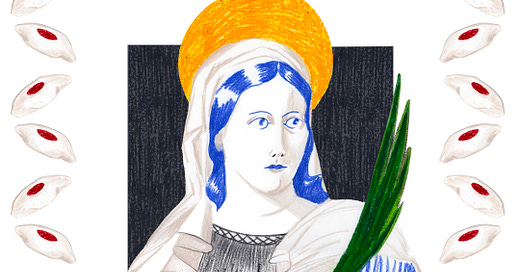Catching Up with Victoria Granof
Q & A with the food stylist and author of 'Sicily, My Sweet'; plus her recipe for an alluring almond cookie with a gruesome backstory

Keep reading with a 7-day free trial
Subscribe to Buona Domenica to keep reading this post and get 7 days of free access to the full post archives.



